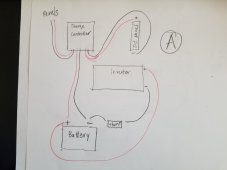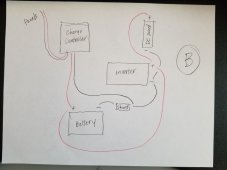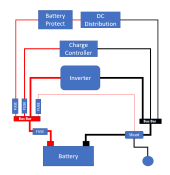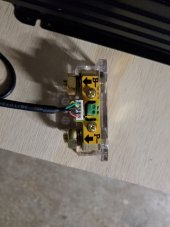smorgan345
New Member
- Joined
- Jun 24, 2021
- Messages
- 23
I'm trying to wire up my system and I thought I had it figured out until I tried to integrate a shunt with battery monitor. So this is probably a couple of questions. I have attached two diagrams. 'A' is what I was originally planning to do and then I read the shunt can't have anything between it and the battery so 'B' is what I was thinking now because I figured in 'A' the shunt wouldn't be picking up the DC panel loads?. I thought I saw where it looked like Will wired the DC fuse panel to the terminals on his inverter? For some reason I was thinking that this would send too much power to the DC panel. Do the load terminals on the charge controller regulate the power in some way? Also does the negative wire from the charge controller need to be on the load side of the shunt like in 'B' or should it connect directly to the Neg. terminal on the battery? Sorry I have a very limited understanding of this stuff. Thanks for any input.








